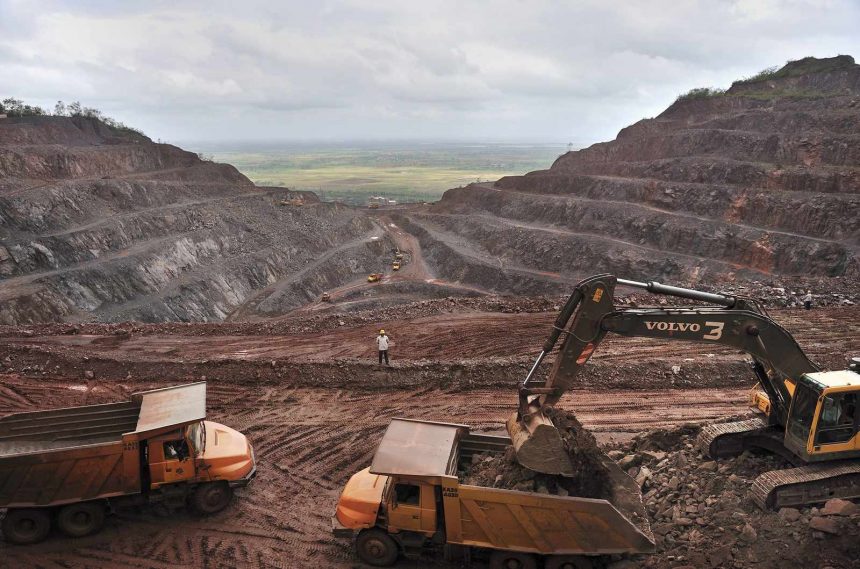Standard & Poor's says that increased demand for minerals, such as cobalt or graphite, to support diversification away from polluting fuels will benefit the economies of sub-Saharan Africa, including Mozambique.
According to analysts at Standard & Poor's (S&P), "several economies in sub-Saharan Africa that export raw materials, especially those located in the southern and central regions of the continent, could benefit from a significant boost with the increase in demand for various minerals that are abundant in the region, such as cobalt, copper, graphite, lithium, magnesium and rare earth metals."
In this sense, the region's economies have an abundance of these essential materials for the energy transition, including graphite from Mozambique, Madagascar and Tanzania, cobalt from the Democratic Republic of Congo and copper from the DRCongo and Zambia, as well as lithium, which is common in Zimbabwe and the DRCongo.
S&P analysts write that with the impact of the green transition on the region's economies, several minerals will see an increase in demand and prices, given their importance in the production of low-carbon energy and in the production of electric vehicles and batteries, such as lithium, cobalt and graphite, which are fundamental for the production of electric batteries, and nickel, which is widely used in the production of low-carbon energy, especially in the production of wind electricity.
"Demand for copper is also expected to increase, given its importance in the construction of electrical networks and lines," point out the S&P analysts, quoted by Lusa, recalling that, according to the International Energy Agency, "demand for these metals will increase dramatically in the coming decades, especially with regard to cobalt, graphite and lithium, whose demand could increase more than 40 times compared to the current value.


Leave a Reply